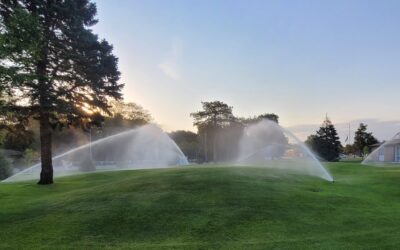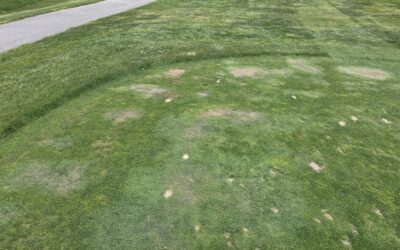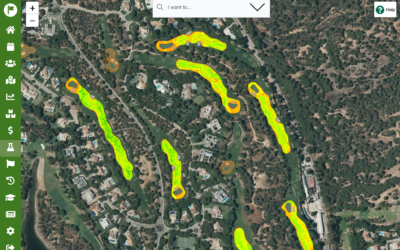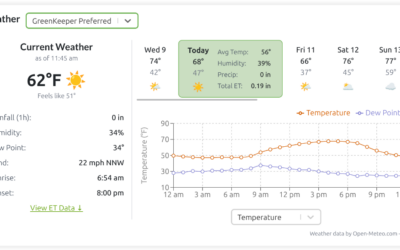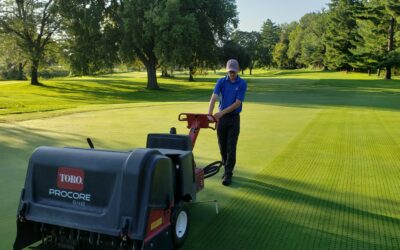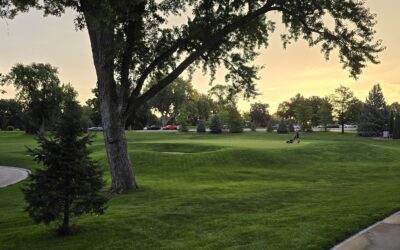GREENKEEPER BLOG
Stop Guessing. Confidently Schedule Irrigation
Each day, turf managers face the critical task of scheduling irrigation to prevent wilt tomorrow—without over-watering tonight. But this decision depends on estimating how much soil moisture will be lost today, how much irrigation will replenish it, and how tomorrow’s...
Wetting Agents For Native Soils? Yes, Especially for Bentgrass
Most turf managers use soil surfactants - frequently called wetting agents - to improve soil water uniformity and increase irrigation efficiency on sand-based root zones. These types of soils can quickly develop issues of hydrophobicity where organic coatings of...
10 Ways GreenKeeper App Helps to Save Time, Save Money, and Make Smarter Turf Decisions
At GreenKeeper, our mission is to empower turf managers with smarter decision-making tools through cutting-edge research, online education at GreenKeeper University, and continuous enhancements to the GreenKeeper App. Whether you're a longtime user or it’s been a...
New Weather Tile Now Integrated with GreenKeeper wX Station
Turf managers work in the weather. From deciding what to wear to determining job assignments, weather conditions influence nearly every aspect of daily operations. Accurate weather data is also essential for safely timing chemical applications and managing play or...
Optimizing Putting Green Performance with the New Surface Organic Matter Test
Organic matter management on putting greens is vital for maintaining playability, firmness, and overall turfgrass health. Until recently, measuring and managing organic matter relied largely on assumptions and outdated methods. But that's changing with the...
Predict wilt hours before it strikes: Proof of Concept
The turf industry has embraced various technologies to improve irrigation efficiency. Hand-held moisture meters have replaced pocketknives. Mower-mounted sensors help turf managers detect soil moisture variability, while in-ground sensors relentlessly monitor changes...

